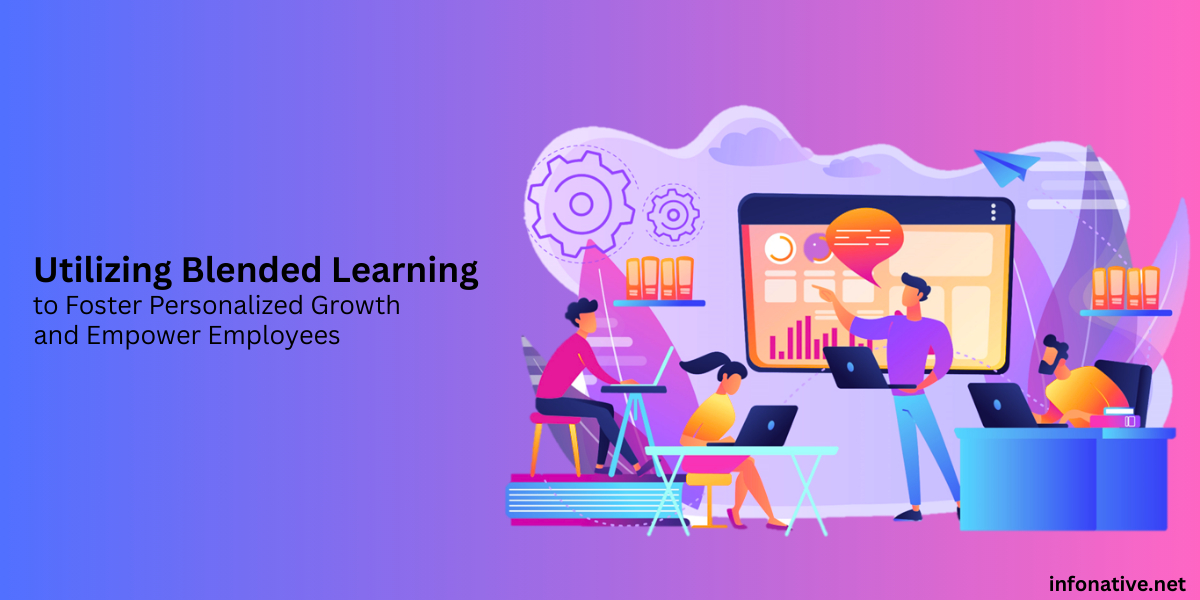Artificial Intelligence (AI) has significantly changed content creation, offering enhanced speed, efficiency, and scalability. From generating blog posts and reports to product descriptions, AI tools like ChatGPT, Jasper, and Write sonic are transforming industries. However, keeping AI-generated content both high in quality and relevant is an ongoing challenge. Below are some strategies to maintain excellence and relevance in AI-generated content.
1. Ensuring Quality in AI-Generated Content
AI can create content at scale, but the quality isn’t always guaranteed. Because AI lacks the creativity, subtlety, and judgment of humans, it is vital to have quality control measures in place to ensure that the content produced meets high standards:
Human Oversight: Human involvement is essential to review AI-generated content. While AI is quick, human editors are necessary to check for accuracy, coherence, tone, and grammatical issues. This human element ensures that the content aligns with company values and effectively engages the target audience.
Ongoing AI Model Training: AI models must be regularly trained with current, high-quality data to maintain output quality. Consistent updates ensure the AI adapts to new trends, language styles, and facts, which are critical for generating accurate and current content.
Readability Optimization: Content generated by AI should be optimized for clarity and readability. Simplifying technical language, refining sentence structure, and improving the flow of ideas make AI-generated content more engaging and accessible for readers.
2. Ensuring Relevance in AI-Generated Content
One of the main challenges with AI-generated content is ensuring that it stays relevant and up to date. AI doesn’t automatically understand context, so it requires careful guidance to produce relevant material:
Contextual Accuracy: To ensure relevance, AI should be provided with up-to-date data and clear guidelines on audience preferences, tone, and the specific topic. For example, content about recent tech trends must rely on the latest industry data to remain pertinent.
Tailoring for Audience Needs: AI-generated content should be customized to match the audience’s preferences. By incorporating demographic and geographic information, businesses can ensure that the AI-generated material resonates with the target audience.
Regular Content Updates: AI-generated content needs frequent review and updates to stay relevant. Articles on rapidly changing topics, for instance, should be revised with fresh data to avoid becoming outdated. A structured content review process ensures accuracy and relevance over time.
3. Balancing Automation with Human Creativity
Finding the right balance between AI automation and human creativity is crucial to creating quality content. While AI is efficient, human creativity is necessary to enhance the quality of the final product:
Enhancing Human Creativity: AI can be used to automate repetitive tasks, such as generating social media posts or product descriptions. This allows human creators to focus on more creative aspects of content creation. Combining AI’s efficiency with human creativity results in original, high-quality content.
Refining AI’s Creative Suggestions: While AI can suggest creative ideas such as headlines or story concepts, these often require human refinement. Enhancing AI-generated content with human insight ensures the material resonates with readers and avoids sounding mechanical.
4. Ethical Considerations and Transparency
As AI-generated content becomes more widespread, ethical considerations must be addressed. Businesses should prioritize transparency and fairness to maintain credibility and trust:
Disclosing AI Usage: It is important to be transparent about the use of AI in content creation. Informing readers when content has been generated or aided by AI helps manage expectations and fosters trust. Transparency also highlights the business’s innovative approach without compromising quality.
Preventing Plagiarism: AI models are trained on extensive datasets, which can increase the risk of generating content that closely resembles existing material. It’s crucial to ensure that AI-generated content is original and doesn’t violate copyright laws.
Addressing Bias: AI can only be as objective as the data it is trained on. Human reviewers must evaluate AI-generated content for potential biases to ensure it reflects diverse perspectives and remains fair.
5. Measuring Success and Optimizing AI Content
Maintaining excellence and relevance in AI-generated content requires ongoing monitoring and refinement:
Tracking Performance Metrics: Businesses should track the performance of AI-generated content using key metrics such as click-through rates, engagement, and conversions. These insights help refine future AI content outputs and improve overall content strategies.
Continuous Learning and Adaptation: As AI technology evolves, content creation strategies should too. By using real-time user feedback, businesses can adapt and fine-tune AI-generated content, ensuring that it remains relevant and high-performing over time.
Conclusion
AI-generated content has enormous potential, but ensuring its excellence and relevance requires a combination of human oversight and continuous improvement. Regularly training AI models, optimizing content for readability, and adhering to ethical standards are essential to leveraging AI for high-quality, engaging, and relevant content. The future of content creation lies in the collaboration between AI’s efficiency and human creativity, producing content that consistently exceeds audience expectations.




